Care home owners urged to embrace green energy to make long-term savings
The Government recently launched the ‘Green Deal’ scheme to help care homes improve the energy efficiency of their buildings without any upfront cost.
Climate minister Greg Barker, called the ‘Green Deal’ scheme, which is being made available to all homeowners, landlords and businesses, “the most ambitious home improvement programme since the second world war”.
The Government’s flagship plan hopes to improve the energy efficiency of 14m homes by 2020, reducing CO2 levels and creating 250,000 new jobs.
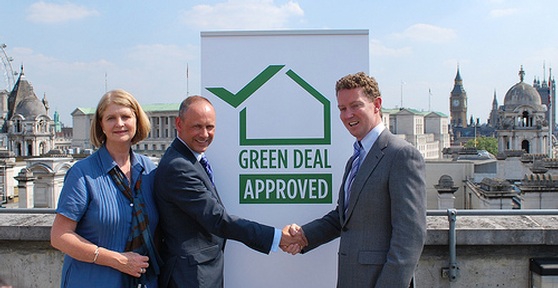
Finance plans for the Green Deal become available on 28 January and Andrew Steen, the managing director for business brokers Redwoods Dowling Kerr, is keen to see that care homes are among those that make the most of the savings that can be made from embracing green energy.
Mr Steen comments: “In the current climate, one of the biggest problems faced by care operators is the rising cost in the day to day running of a care accommodation.
“Cutting costs can be difficult, especially without compromising the overall quality of the home. However, operators are often unaware of the saving they could make by simply increasing the energy efficiency of their care home.
“It’s understandable that improving energy efficiency may not be at the top of everyone’s agenda given the hard work put in by care operators and daily challenges faced, but the long term benefits of reducing carbon emissions can cut running costs considerably.”
Embracing the Green Deal offers property owners the chance to take energy saving measures for no upfront cost, before using pre-agreed charges to pay off the costs over an allotted period of time. The cost will be recouped from savings made on their energy consumption and collected through energy bills. Green improvements can be achieved gradually, in line with up-to-date advice regarding the best methods of installation and modernisation.
It would not be accurate to suggest that care homes providers have yet to wake up to green energy prospects, however.
Passivhaus at Juniper House, Brackley
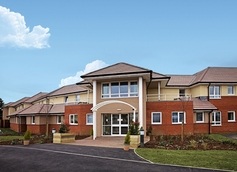
Last summer saw Barchester Healthcare Ltd open a new Brackley care home that incorporated an innovative boiler with its own heat recovery system – at Barchester Juniper House.
Undertaken in partnership with property owners , together with the Bridges Sustainable Property Fund, the passivhaus concept originated in Germany as a way of achieving energy efficiency by reducing the reliance on space heating or cooling, together with the use of low-energy lighting, infra-red sensors and time switches.
The building’s green credentials are being monitored in partnership with Cardiff University to see if it fulfils is designer’s aims of recovering the cost of the development through energy savings over a period of eight years.
“With the number of older people rising rapidly over the next generation, our buildings need to be as sustainable and efficient as possible” commented director of development at Barchester, Ken MacKenzie.
Partner and head of property funds at Bridges Ventures, Simon Ringer, commented: “This is one of a series of care home developments that we have undertaken in partnership with Castleoak. We are delighted with an outcome which provides our investors with an attractive return generated by both development activity and long term, indexed linked income whilst delivering one of the UK’s most sustainable healthcare developments.”
Newfield Lodge
The Castleford care home Newfield Lodge, which opened in August 2012, is another recent care development to seek out green innovation throughout its design aspects.

Designed by and built by LNT Construction, the building makes the most of ground source heat pumps, underfloor heating and solar energy in order to achieve a 21 per cent energy reduction when compared to a similar-sized care home of less modern design.
A company statement reads: “The construction of Newfield Lodge heralds a new era of care for older people in Castleford and the development has been selected as the first of Ideal Care Homes’ to have an additional range of energy efficiencies.
“The residential care homes are designed and developed to be fit-for-purpose and future-proof with every thought given to the well-being of the people who choose to live with them.”
West Hall
Innovative heating measures were also the focus of Anchor’s West Byfleet care home West Hall.
This £30m development included the £280,000 installation of ground source heat pumps that collect energy from the ground via a network of unseen pipes, transferring ‘low grade energy’ to the heating of a 117-room facility and saving the home an estimated £14,350 in heating bills every year.
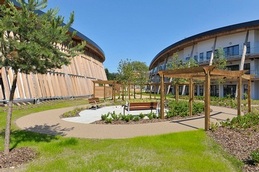
Rob Gardiner, the managing director of Econic – the green energy suppliers who Anchor collaborated with at West Hall – commented: “We have been delighted to have played a part in the creation of what is being heralded as a major advancement in the care of older people. “Anchor’s commitment to renewable energy has enabled us to save them money, generate revenue through the RHI, secure their future energy costs and significantly reduce their carbon footprint.
“We have worked closely with Anchor’s team to produce a system harnessing the latest technology that will bring real benefits to the residents.
“Being a not-for-profit organisation and a charity, reducing energy bills is obviously important to the company in its creation of the home as is the provision of a safe and comfortable environment for the residents.”
Energy Performance Certificates
Mr Steen also highlights the benefits of Energy Performance Certificates, which the Government last year made a legal requirement to anyone selling or letting a property.
He says: “The certificate not only rates the energy efficiency of a building, but highlights areas where the efficiency can be improved and energy costs can be reduced, cutting out some of the leg work.
“The Green Deal can then help operators pay for energy improvements and make savings in the long run. We have noticed, for example, increasing numbers of solar panels being installed in care homes across the UK.”
Interested care homes owners can find out more and apply for Green Deal registration via the Department of Energy and Climate Change’s website, www.decc.gov.uk, with energy and climate change minister Greg Barker promising that successful applicants will receive a Quality Mark that consumers can respect.

Mr Barker comments: “The opening of the Green Deal register will enable businesses to start becoming Green Deal authorised and the Green Deal Quality Mark will show they have met our standards. Crucially, this will protect consumers, who will know that anyone displaying the Quality Mark has been through the required process to become authorised.”
The Homes and Communities Agency estimates that up to £3bn is thrown away in energy costs every year and welcomes a fresh drive to fight against this level of wastage.
Its deputy chief executive Richard Hill comments: “The Green Deal demonstrates the Government’s determination to tackle carbon emissions from domestic and commercial buildings, and affordable housing providers have a pivotal role to play in greening our homes.
“We all know that reducing our impact on the environment can often save money at home, however, the Green Deal goes further, and provides an innovative way of removing the barrier of high upfront costs to residents and creates new jobs in the sector.”
In the spirit of a greener future, technical installations manager Nigel Day of shares with us his ‘Top Tips for Energy Saving’:
Heating
Sixty per cent of a typical energy bill is spent on heating.
• Control the heating, timing schedules and temperature set points should be reviewed regularly and scheduled specifically to the occupants.
• Control systems should be zoned with each zone having its own temperature set point. Set back controls provide a lower secondary temperature setting where heating is required near 24-7.
• Stop the loss, check insulation levels meet or exceed 270mm in the loft, ensure cavity walls are insulated and heating pipes are lagged with a quality insulation material.
Turn off large off large boilers in summer and consider utilising immersion heaters or localised instantaneous water heaters.
Lighting
20 per cent of electricity generated in the UK is used for lighting.
• Switch off lights when not in use and label switches to encourage people to turn them off when they leave the room.
• Measure light levels to ensure light is not being wasted!
• Lighting controls such as occupancy sensors, photocells and time switches are cheap to buy and easy to install – automatically controlling the lights with no human interaction.
• Compact fluorescent and LED lamps have significantly reduced in cost over the last one to two years and offer considerable costs savings over the lifetime of the lamp.
Help is available
Check for the availability of capital grants for business to help cover the cost of improvements
• The Government’s new Green Deal scheme is now available for financing energy efficiency improvements.
• There are now many products available to further increase energy savings such as voltage optimisation and boiler management units.
• Renewable technologies have significantly improved and capital costs have reduced in the past 12 months, with capital grants and incentives widely available.
Find out more about the Green Deal here: www.decc.gov.uk/en/content/cms/tackling/green_deal/gd_quickguides/gd_quickguides.aspx
Latest Features News
 25-Nov-19
2019 Election: Boris Johnson leaves social care in 'too difficult box' but Labour vows to end 'crisis'
25-Nov-19
2019 Election: Boris Johnson leaves social care in 'too difficult box' but Labour vows to end 'crisis'
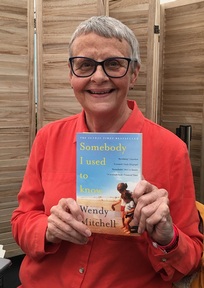 18-Oct-19
Podcast: Wendy Mitchell and dementia: 'My biggest fear is not knowing who my daughters are'
18-Oct-19
Podcast: Wendy Mitchell and dementia: 'My biggest fear is not knowing who my daughters are'
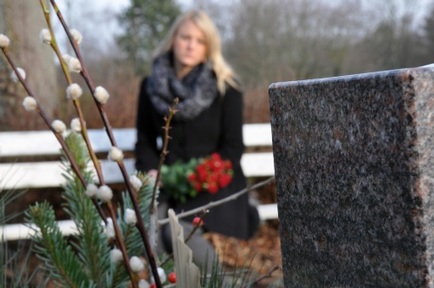 27-Sep-19
Exclusive: Care minister backs care workers' call for time off to grieve and attend funerals
27-Sep-19
Exclusive: Care minister backs care workers' call for time off to grieve and attend funerals
 19-Sep-19
Podcast: Gyles Brandreth says poetry helps ward off dementia
19-Sep-19
Podcast: Gyles Brandreth says poetry helps ward off dementia
 30-Aug-19
Edinburgh Fringe funnyman joins comics facing toughest audience at care home gig
30-Aug-19
Edinburgh Fringe funnyman joins comics facing toughest audience at care home gig